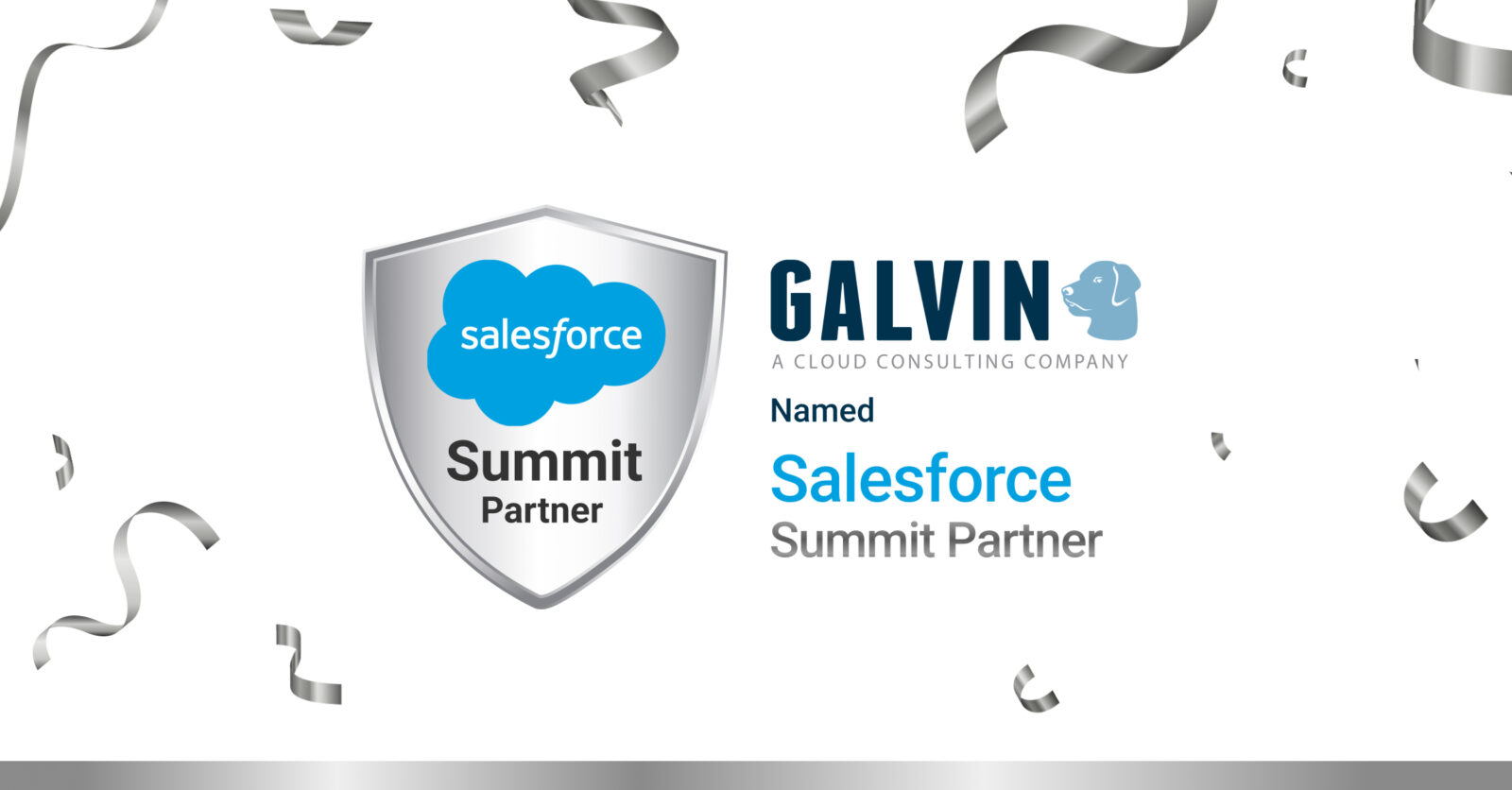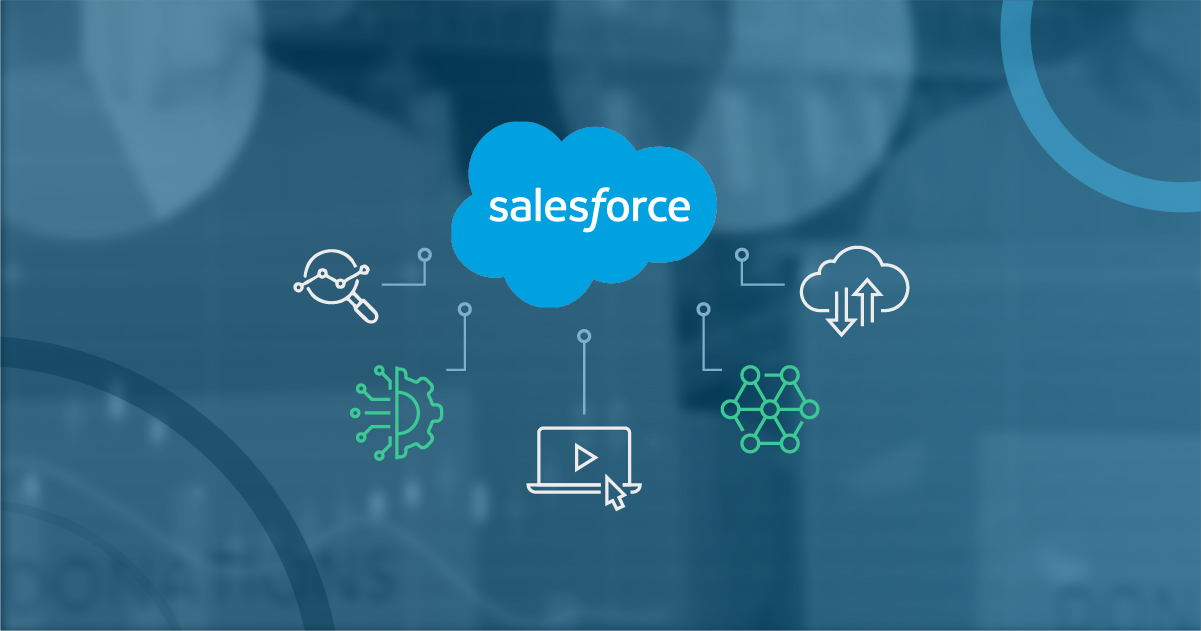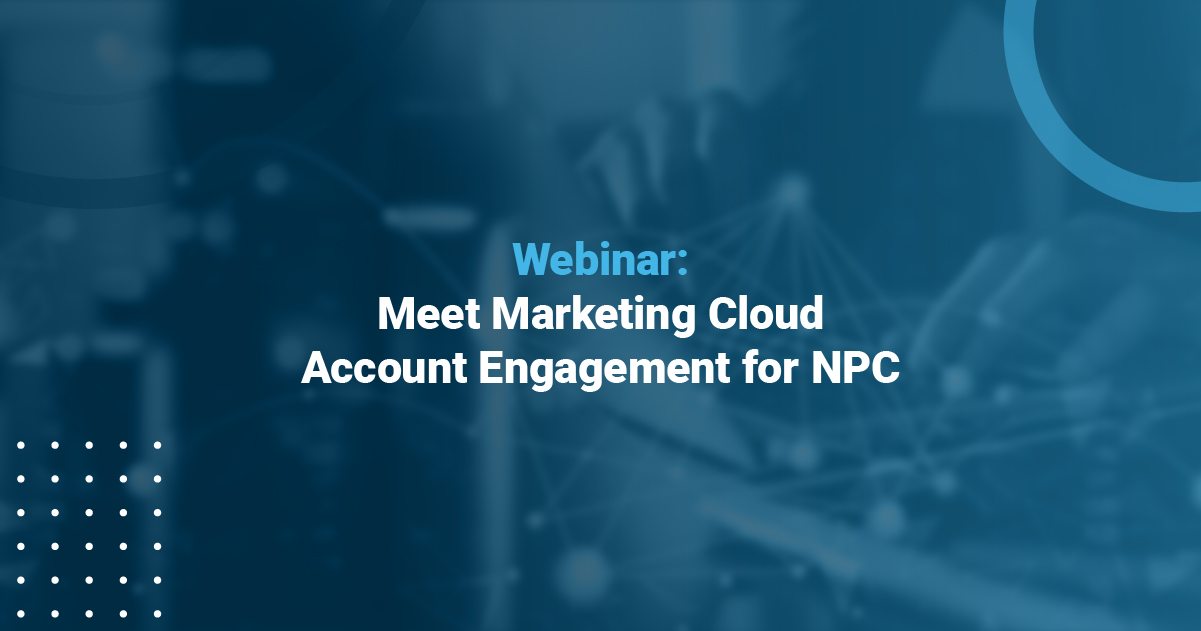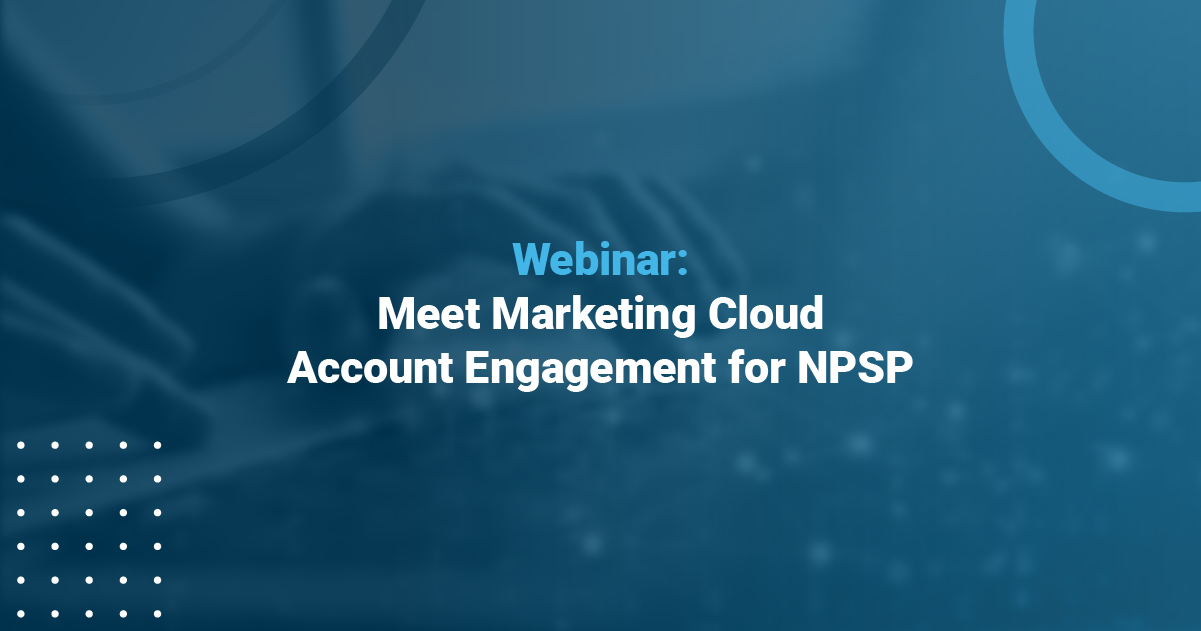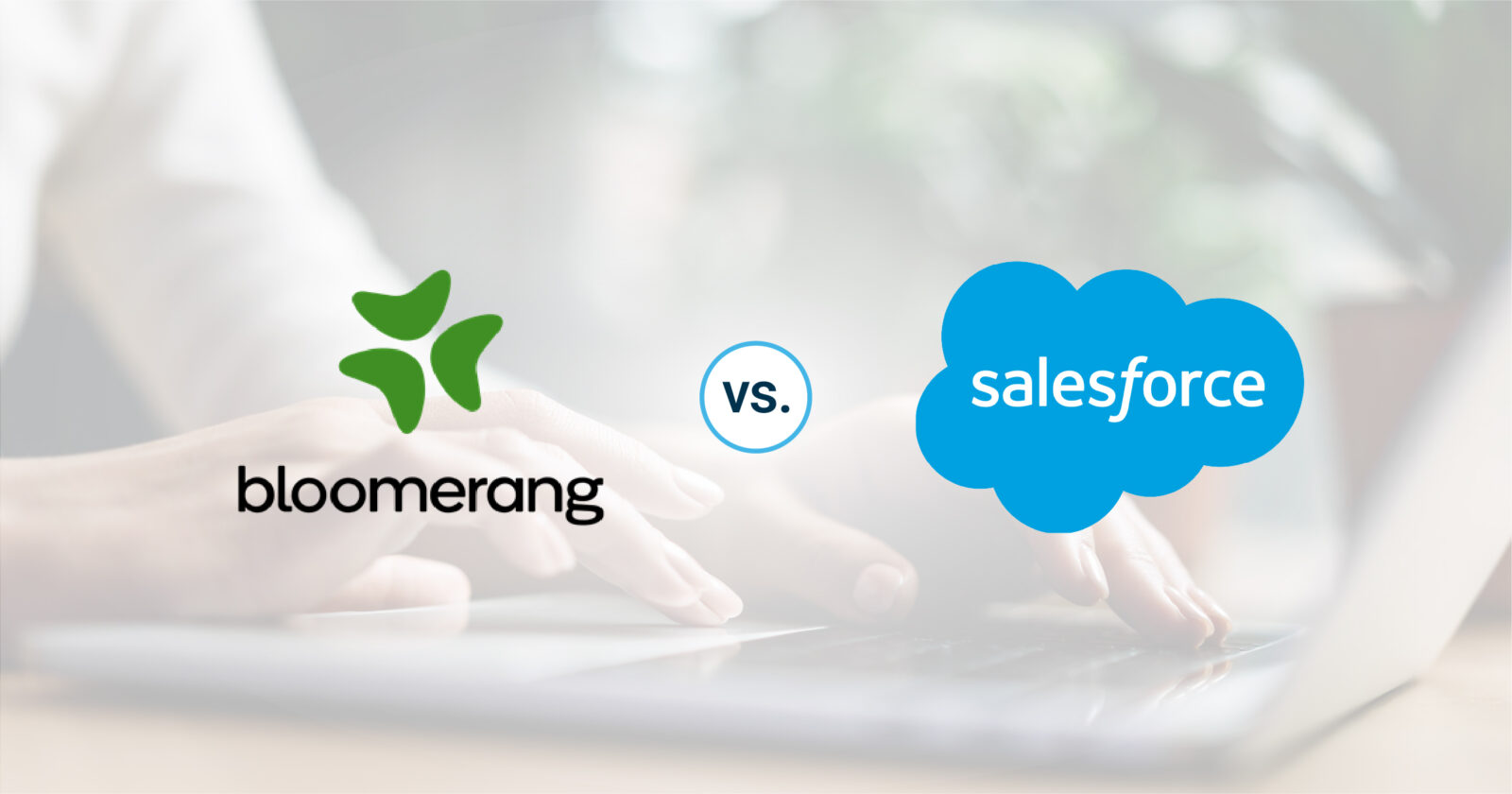Salesforce Spring ’25 Release: New Features for Nonprofit Cloud
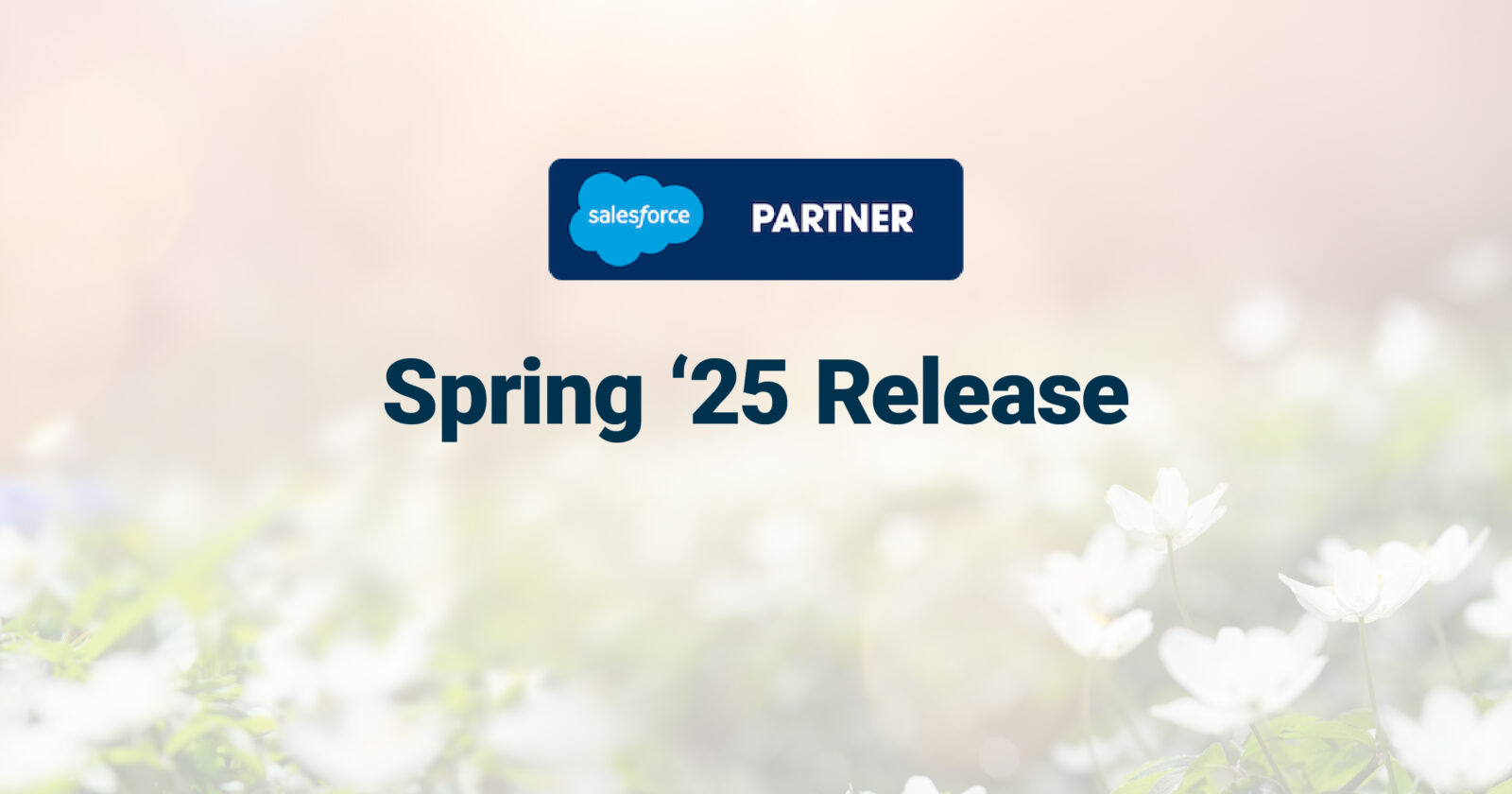
Spring is a favorite time of year for most people, but for Salesforce users the season comes with a bonus—the latest release! The enhancements in the Salesforce Spring ‘25 release offer a good blend of new out-of-the-box features along with customization upgrades to existing functionality that help Nonprofit Cloud (NPC) better meet the needs of any organization. Many of the improvements came from IdeaExchange, which means they were things nonprofits like yours really wanted.
Galvin’s Nonprofit Cloud team scoured the release notes and selected a few headline-makers across Fundraising, Programs, and Grantmaking positioned to make a positive impact. The following features focus on productivity, efficiency, and effectiveness when it comes to your mission-critical work.
All right, let’s see what’s blooming in the Salesforce Spring ’25 release for nonprofits!
Fundraising
Fundraising is Nonprofit Cloud’s end-to-end solution for organizations running donor appeals. The platform offers the tools needed to manage a campaign for the two most common fundraising models: a B2B-like approach with big gifts from fewer donors and a B2C style with smaller gifts from more donors. The third pillar of NPC’s Fundraising suite is all about managing fundraising operations for these models. The Spring ’25 release includes updates for each of the three pillars.
Source Code Auto Generation
When it comes to fundraising, nonprofit marketers send hundreds of emails with each outreach effort. Tracking the ROI of every communication is important but creating Source Codes for each is time consuming and prone to errors. Now marketers can create up to 200 Source Codes at once for direct mail and digital outreach. Toggle auto generation on in the new Feature Settings section. Build the formula, check for errors, and save. Then simply give the Source Codes a name and their message channel platform. Click the Generate Source Code button. Voila! A table pops up with all the new Source Codes ready to go.
Interest Tags on Outreach Source Codes
On the topic of Source Codes, now you can add Interest Tags to better capture donor preferences and needs. By extending tags from the campaign level to Source Codes, digital fundraisers can better track outreach success, segment donors, and report on common themes. To use this feature, enable topics for objects in Feature Settings and create the Interest Tag categories.
Soft Credit Roll Ups
Nonprofits spend plenty of time analyzing who gives to the organization. But there is valuable data in knowing who influences donations as well. Spring ’25 comes with six new soft credit roll-ups that can appear on the gift summary of the donor’s account page. Enhanced visibility into an organization’s financial “influencers” provides meaningful targets for where to spend time and resources building deeper relationships.
Fundraising Roll Up Internal Flow Node
Salesforce updates are great except when they write over a custom fundraising roll-up. If you’ve experienced the frustration, this update will make you happy. Admins now can implement the update to DPE roll ups while still maintaining custom fields. Instead of re-cloning and adding customizations each time, you can configure a scheduled trigger flow with a new action element using the DPE node.
Dynamic RFM Configuration
RFM scoring refers to “recency, frequency, and monetary value” and provides valuable data to help segment audiences and target campaigns. However, prior to Spring ’25 the information feeding the score was hard coded, so it couldn’t be configured for a nonprofit’s unique needs. That’s now changed and organizations can integrate multiple source fields, including custom ones, and weights to create tailored segments based on the adjusted RFM scoring to improve campaign effectiveness.
Default Soft Credits on Opportunities
Previously, soft credits were only available on the gift commitments. With this release, soft credits can now be tracked at the opportunity level. This is a big benefit being able to track who is influencing opportunities, not just actual commitments and also allows them to be managed while nurturing a potential donor. When the opportunity becomes a commitment, all soft credits transfer over seamlessly. That means giving managers don’t need to remember to add soft credits once the gift is official, which improves efficiency and donor tracking accuracy.
Fundraising Intelligence and Tableau Einstein
Having the time and technical expertise to get the most out of donor data can be a challenge for resource-strapped nonprofits. Salesforce worked to fix this with the new Fundraising Intelligence app built on Tableau Einstein and powered by Data Cloud. The enhancement means teams can make better data-driven decisions on their fundraising strategy and campaigns without needing to build complicated dashboards and data definitions from scratch. Fundraising Intelligence comes with a pre-built data kit, a semantic layer to make sense of the data, and three dashboards displaying insights for mass markets, major donors, and fundraising performance. The feature even comes with a step-by-step installation guide. You won’t need a different license to use Fundraising Intelligence but it does require Data Cloud credits.
Custom Fields on Gift Entry
This is a simple update but one that could prove to be a big boost for productivity and donor relations. Maybe your organization wants to collect data like a donor’s preferred contact method, how they heard about your organization, or the purpose of their contribution. Now those fields—or any number of other custom fields—can easily be mapped to appear on the gift entry page.
Philanthropic Research Fundamentals
Get ready for something new! The Salesforce Spring ’25 release includes the first release of Philanthropic Research, which is a suite designed for prospect and donor research. Giving teams can use the data model and automation to better understand and forecast philanthropic activities through enhanced tracking capabilities. This release includes four objects that progress from capturing a data point that requires additional research (such as wealth or growth potential), confirming the information, adding formalized third-party assessments, and tracking philanthropic milestones. The suite also comes with an AI agent to help with research and reporting.
Programs Suite
NPC’s Programs Suite is all about A-to-Z program management—starting with strategy, ending with reporting, and managing all the tasks in between. It’s a great tool for streamlining the delivery and evaluation of an organization’s everyday work to meet its mission and make an impact.
Agentforce
This sounds like the latest Tom Cruise movie, and in our opinion, it’s just as exciting! Agentforce is now part of NPC in beta. The platform enables nonprofits to build, customize, and use AI agents inside of Salesforce. These AI helpers independently perform administrative tasks so case managers can spend more time helping people. You can set them up for routine to dos like retrieving data, creating action plans, updating goals, or issuing benefit disbursements. It’s like giving case managers their own administrative assistant that learns as it goes.
Outcomes Management
With the latest release, NPC has a new table-style user interface for creating multiple indicator results—the tracked data points used to measure performance—all in one place. The component can be added to the program, outcome, funding award, individual application, and funding opportunity pages. Click the “create indicator results” button and select the time period(s). The table prepopulates the data and is editable to make multiple quick updates from one screen. This new feature streamlines the user experience to make data entry simple for tracking program progress.
Copy Care Plan Templates
Salesforce said this was a BIG request from NPC users and that they are “super psyched” to roll out the ability to copy care plan templates. Because published care plan templates can’t be edited, users were spending tons of time building new templates complete with goals, benefits, and action plans, when minor adjustments to an existing template would do the job. That’s changing with the Salesforce Spring ’25 release. Now you can clone a template, make the necessary changes in draft status, and publish. This will save users lots of time, reduce errors, and maintain compliance.
Custom Care Plan Goals
Sometimes pre-defined care plan goals don’t capture all the unique needs of a client. Now case managers can add customized goals to create a more personalized experience. Organizations okay with setting goals specific to a person’s circumstances can opt into this NPC feature. Rather than going through the process of establishing new goal definition records, these one-off goals can be specific to the client and quickly added to their care plan.
Stage Management for Program Enrollment
If your nonprofit is tired of relying on users to manually update stages, this new feature is for you. Stage management will allow for program enrollment stages to update automatically based on criteria or other activity. The process includes defining the process stages, transition points, and entry/exit criteria required for completion. Beyond better efficiency, stage management should also help improve compliance, completion rates, and outcomes.
Grantmaking Enhancements
Spring ’25 comes with some nice updates to Grantmaking as well. Grantmaking is NPC’s end-to-end solution to manage all things grants, from planning through to delivery, evaluation, and reporting.
Batch Assign Reviews
Manually assigning grant application reviewers is no longer a tedious, time-consuming process. Now grant managers can easily assign applications to one or multiple reviewers using two customizable flows that automate the entire process. The sharing isn’t limited to the application. Because the flow can be adjusted, reviewers can receive anything within Salesforce they need to complete the task, even as external users.
Stage Management for Grantmaking
This enhancement is like program enrollment stage management but for the grantmaking side. Users can define their business process stages, what needs to happen within a stage, and the rules determining when the record can progress to the next step. Doing so, allows for automation around pre- and post-award tasks to streamline the process and make it more efficient for your organization.
Learn More about the Salesforce Spring '25 Release
That was a lot, right? Want to learn even more about the Spring ’25 release and take a deeper dive into some of these great new enhancements? Check out these resources:
- Spring ‘25 Release Notes – offers a high-level overview of what’s included in the latest release
- Spring ’25 Release in a Box – a digital resource for Admins, Business Users, Developers, Community Groups, and more
- Spring ’25 Release Overview Deck – this visual companion to the release notes walks you through many of the major enhancements in Spring ’25 and serves as an aid for getting others up to speed.
See a feature you want to implement? Let’s get to work. The Galvin team would love to discuss your unique use case, implement the solution, and train your staff. From consulting to development to admin support—our team will help you make the most of every mission-enabling enhancement.
WANT TO TALK WITH OUR CONSULTING TEAM?
We’d love to work with you on your Salesforce needs. Our team of certified Consultants can work closely with your team to close more deals. Call us at 317-297-2910 or complete the form below.

